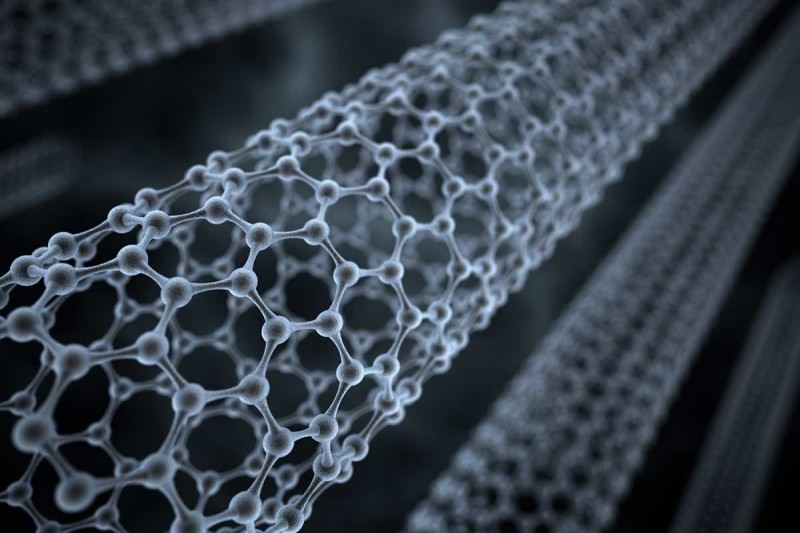13 June 2016 By

Andrey Prokhorov/Getty
Carbon nanotubes (CNTs) are famed for being a future wonder material that will enable a swathe of super-strong but light applications from racing bikes to computer components.
But now it seems a single out-of-place atom is enough to cut their strength by more than half. That means one of the more outlandish applications for CNT fibres – a sci-fi space elevator – might never happen.
The tubes’ strength is a result of their atomic structure, with walls made from just a single layer of carbon atoms locked in a hexagonal grid. Theoretical studies suggest that a single CNT can have a tensile strength of 100 gigapascals (GPa), making it one of the strongest materials around, but efforts to spin multiple nanotubes into a practical large-scale fibre have only produced ropes with strengths of 1 GPa.
To find out why, Feng Ding of the Hong Kong Polytechnic University and his colleagues simulated CNTs with a single atom out of place, turning two of the hexagons into a pentagon and heptagon, and creating a kink in the tube. They found this simple change was enough to cut the ideal strength of a CNT to 40 GPa, with the effect being even more severe when they increased the number of misaligned atoms.
Fracture sequence
The team’s simulations show that the kink acts as a weak point in the tube, easily snapping the normally strong carbon-carbon bonds. Once this happens, the bonds in the adjacent hexagons also break, unzipping the entire tube. The effect on CNTs spun together into fibres is similar – once one CNT breaks, the strain on the others increases, fracturing them in sequence.The results suggest just one misplaced atom is enough to weaken an entire CNT fibre, and since nanotube manufacturing processes are flawed at the moment, you will inevitably end up with a bad tube in your fibre.
“Only CNTs with extreme quality are able to retain their ideal strength,” says Ding. “Most mass-produced CNTs are highly defective, and high-quality CNTs are hard to produce in large quantity.”
That’s bad news for people who want to build a space elevator, a cable between the Earth and an orbiting satellite that would provide easy access to space.
Estimates suggest such a cable would need a tensile strength of 50 GPa, so CNTs were a promising solution, but Ding’s research suggests they won’t work. “Unless great breakthroughs on CNT synthesis can be achieved, using CNTs to build a space elevator would be extremely challenging,” he says.
Journal reference: ACS Nano DOI: 10.1021/acsnano.6b03231
